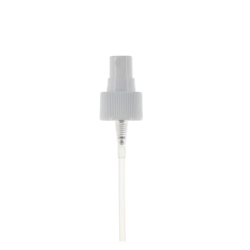

In a world where our oceans are full of micro and macro plastics, looking for more environmentally-friendly alternatives to single-use plastics is crucial. This is where PCR - short for post-consumer resin – comes into its own. Made from recycled plastics, turning used packaging into PCR prevents plastics from being sent to the landfill by giving it a new lease of life. Usually, the plastics used are PET and HDPE.
So, how is PCR plastic made? Once the PET and HDPE reach the recycling points, they’re sorted before being made into pellets. These pellets are then melted down and formed into new products. As with any type of packaging, there are pros and cons to PCR plastic:
Advantages of PCR packaging
- Reduced environmental impact: Rather than necessitating the creation of virgin plastic, using PCR plastic for packaging uses plastics that already exist and helps to divert waste from landfills and oceans by utilizing recycled materials, contributing to a circular economy.
- Energy savings: PCR plastics often require less energy during the manufacturing process, leading to lower energy consumption.
- Promotes recycling: The use of PCR plastic encourages recycling programs and infrastructure development, fostering a culture of sustainability.
- Enhanced brand image: More and more individuals are growing concerned about the environmental impact of the products they purchase. Brands that use PCR packaging can market themselves as environmentally responsible and appeal to eco-conscious consumers.
Disadvantages of PCR packaging
- Color variation: PCR plastic may exhibit color variations, making it challenging to achieve consistent packaging aesthetics. If you’re after crystal clear packaging, then PCR plastic might not be the material for you.
- Higher cost: In some cases, PCR plastics can be more expensive to produce than virgin plastics due to the recycling and purification processes. This means that it may be a more expensive option over virgin plastic.
- Supply and demand: The current demand for PCR plastic outstrips the availability of the material. Therefore, there needs to be an uptake in recycling in order to ensure that the future demands for PCR plastic can be met.
PCR plastic can be used alongside other types of plastic – such as PP and PET - to create packaging. APG has a variety of packaging solutions constructed using PCR. If you’re interested in using PCR plastic to package products, reach out today to discuss your unique requirements.


.png)

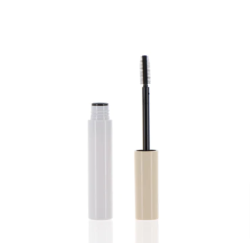


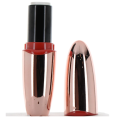
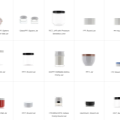
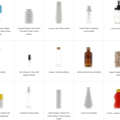
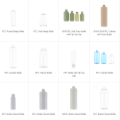
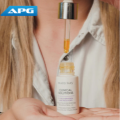
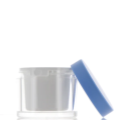
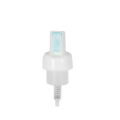
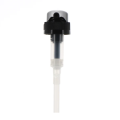
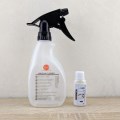
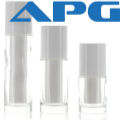

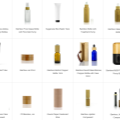
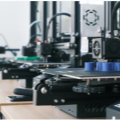

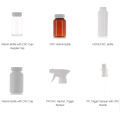
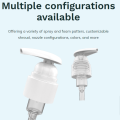

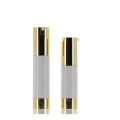

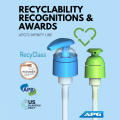
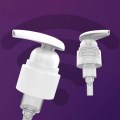


.png)
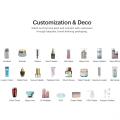
.png)
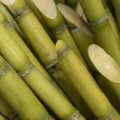
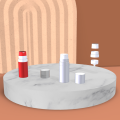

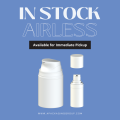

.png)
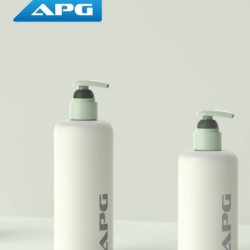
.png)
.png)
.png)
.png)
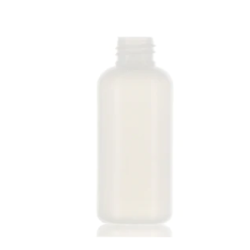
.png)
